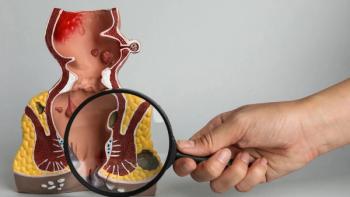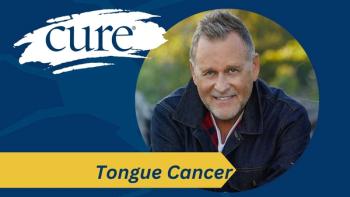
Fibromyalgia and Cancer
Handling two illnesses at once is not always easy.
Dealing with cancer isn’t easy, no matter what type you have. For me, it’s been a shock and at times, followed by uncertainty, sadness, fear and maybe a feeling of disbelief. Over the past years, I’m still working on it.
After my first six months of chemotherapy treatment cycles finished, I discovered I was also dealing with fibromyalgia. Fibromyalgia is a type of chronic illness. It is not fatal (I was happy to hear that) but pesky and at times seriously troublesome, especially when simultaneously coping with cancer. But I know that many patients with cancer have to cope with more than one illness; I’m certainly not alone.
I’ve felt that education is best, so I’ve done a bit of research about what I have and what to expect. I ask questions and try to figure out how to juggle the worst days.
Fibromyalgia is a condition characterized by widespread musculoskeletal pain and fatigue, but it can also cause cognitive difficulties, mood issues, headaches and sleep problems, to name a few of its symptoms.
When I read this list, it sounded a lot like what I’ve experienced from getting chemotherapy. That’s when I realized I’ve got the “double whammy.” I often blame one for the other, when it might be both coming at me. Fibromyalgia is known for the “fibro fog” and of course chemotherapy infusions have the same effect. Chemotherapy often gives me headaches and flu-like pains in my muscles and joints. The list goes on and on, and the end result is the question, “What is causing what?” There’s lots of crossover here. Which illness/treatment is the cause? Which takes the blame?
In the end, I guess it really doesn’t matter which culprit is the cause, because I have to cope with it. There is one important point I’ve discovered: I pretty much know that I’ll most likely get a flare-up of fibromyalgia when I get an infusion. That’s a given. I’m ready for it. Most health care providers don’t recommend depending on lots of pain medications for fibromyalgia, but non-aspirin analgesics and ibuprofen do help. Everything we do for our health is reasonable, including stretching, walking, light exercise and relaxation techniques. Some people have tried and found relief with acupuncture and massage. And, watching your diet is vital, especially limiting sugar intake, as I’ve noticed an increase with fibromyalgia pain with sugary food. Less is definitely better. And I watch out for anything that may cause flare-ups.
Knowing to expect that I might have more pain on different days and knowing that I’ve got these two conditions to think about gives me more power to handle them both. I’m trying to stay on top of my situation. It’s what I call the “double whammy.”




